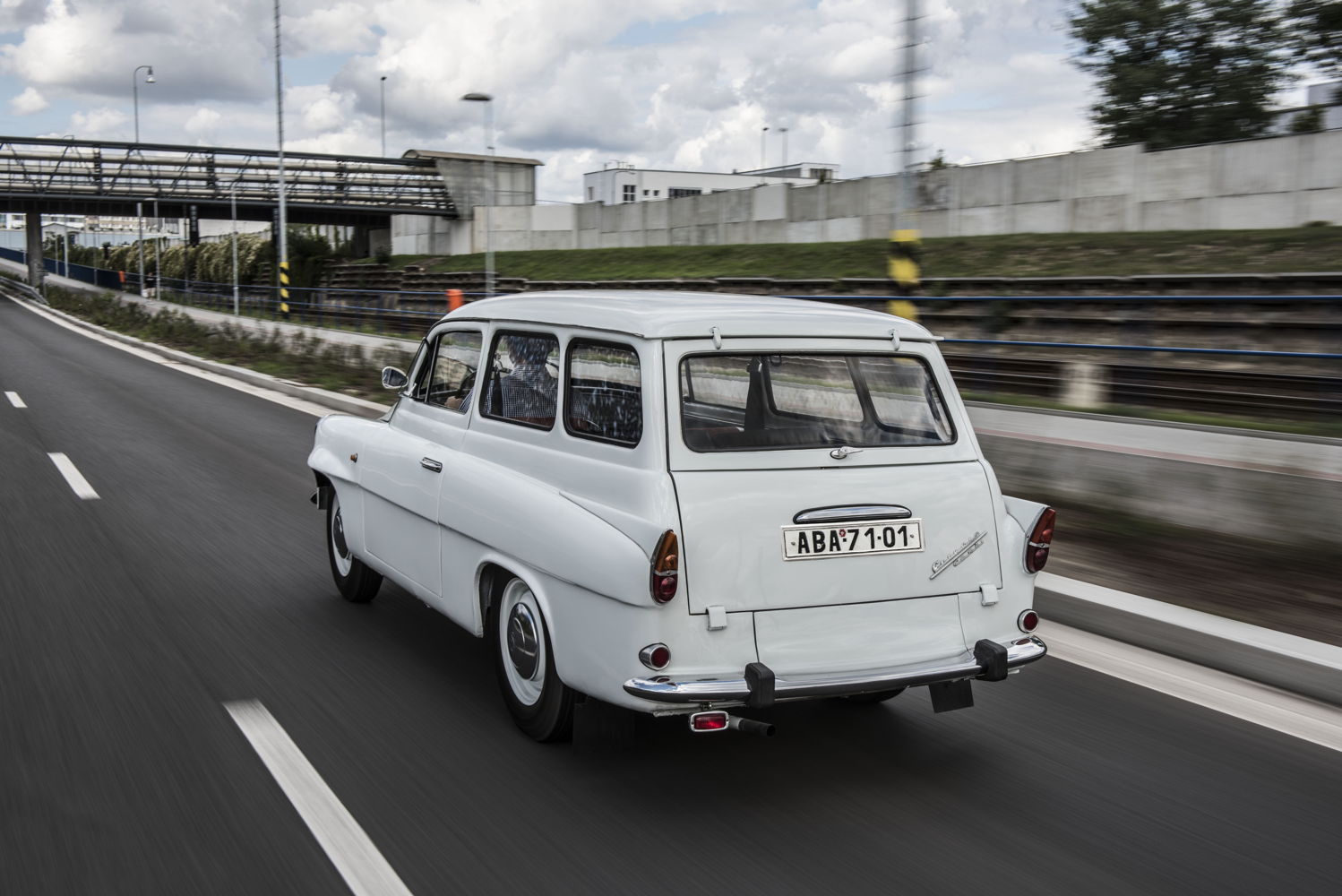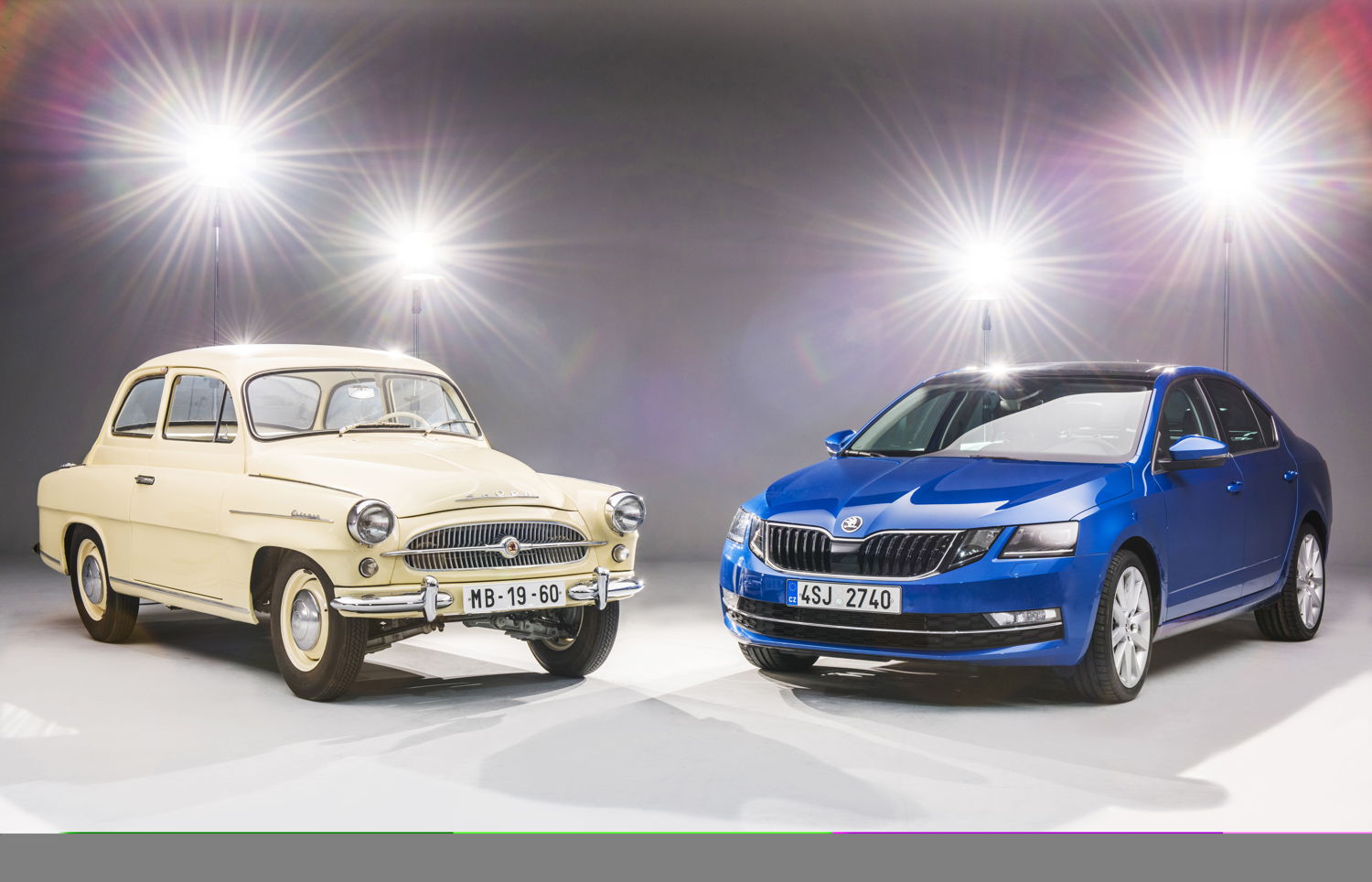The ŠKODA OCTAVIA celebrates its 60th anniversary
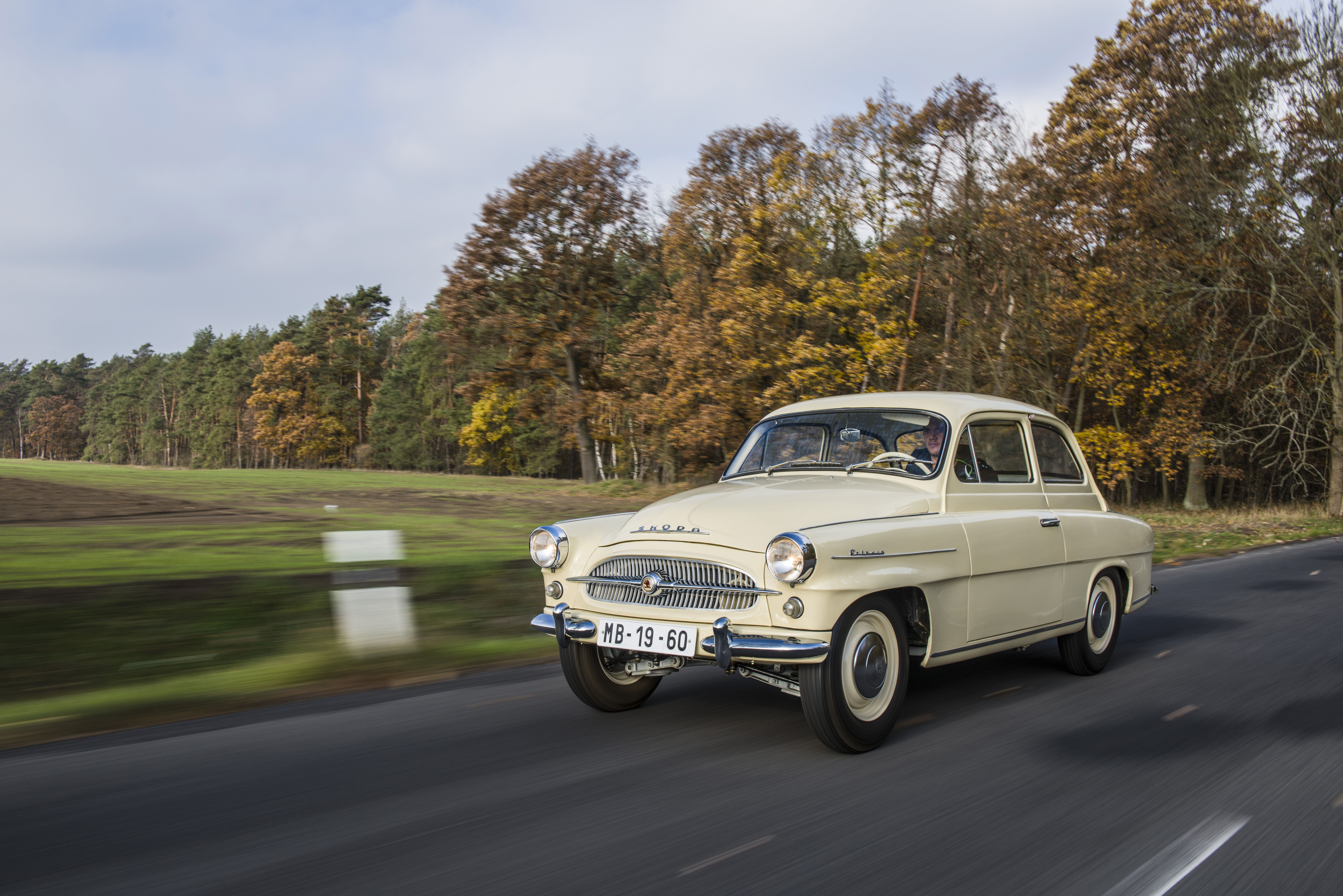
› Production of the ŠKODA OCTAVIA was launched in January 1959
› The modern successor of the OCTAVIA took the baton in April 1996
› With more than six million OCTAVIAs of all generations sold, the model series is by far the
bestseller in the ŠKODA range
Mladá Boleslav, 30 January 2019 – The ŠKODA OCTAVIA is celebrating 60 years since
production was launched: In January 1959, the first copies of this legendary model series
rolled off the production line at the Mladá Boleslav plant. The first OCTAVIA generation of
the modern era continued the legacy of the popular compact model in the mid-1990s.
The sonorous name ‘OCTAVIA’ first enriched ŠODA's model range exactly 60 years ago. It is no
coincidence its name is derived from the Latin ‘octavia’. It means ‘the eighth’, as the newcomer was
the brand’s eighth model after the Second World War and also the eighth ŠODA model with the
state-of-the-art independent suspension the manufacturer had introduced in 1933.
The first two-door version of the ŠKODA OCTAVIA left the main plant in Mladá Boleslav in January
1959 – alongside its predecessors Š 440 and Š 445 for the first few weeks. Under the hood of the
OCTAVIA, a robust four-cylinder engine with a capacity of 1.1 litres was used, generating 29.4 kW
(40 hp) and driving the rear wheels via a four-speed gearbox. The top speed was 110 km/h; the
average consumption was 7.7 litres of petrol per 100 kilometres. The attractive, flowing body design
was just as impressive as its driving characteristics. Technical innovations, including the front axle
with coil springs and torsion bar stabilizer, gave the OCTAVIA a high degree of ride comfort and
easy handling. The introduction of asymmetric headlamps during 1959 increased its active safety.
ŠKODA also presented a more powerful variant in 1959 with the OCTAVIA SUPER, featuring a 1.2-
litre engine and a peak output of 33 kW (45 hp). Demand for the OCTAVIA model range rose
sharply at home and abroad.
On 10 March 1960, the Geneva Motor Show saw the premiere of the sporty ŠKODA OCTAVIA
Touring Sport (TS), which boasted an engine output of 37 kW (50 hp). ŠKODA applied to the World
Automobile Federation (FIA) for homologation of the TS for racing and rallying in the class of
unmodified road vehicles – thus paving the way for the ≥130 km/h two-door model in motor sport.
At the famous Monte Carlo Rally with class victories in the years 1961,1962 and 1963, the
OCTAVIA TS brought home a hat-trick.
On 11 September 1960, ŠKODA presented the OCTAVIA COMBI in Brno for the first time with a
two-piece, horizontally split tailgate. Despite its compact exterior dimensions, the vehicle
comfortably sat five and provided 690 litres of boot space with a loading length of 0.965 meters.
After folding down the rear backrests, the luggage compartment increased to up to 1050 litres.
The two-door saloon was built until 1964; the last copy – a grey OCTAVIA Super – rolled off the
Mladá Boleslav production line on 11 April. The all-new ŠKODA 1000/1100 MB with a selfsupporting
body and rear engine would soon step up as its direct successor. The last OCTAVIA
estate model left the Kvasiny line on 21 December 1971. Between 1959 and 1971, a total of
360,000 ŠKODA OCTAVIAs were produced, including more than 54,000 estate versions.
The robust and reliable OCTAVIA also provided the technical basis for the first automobile
produced in New Zealand in 1966: the TREKKA was developed in close cooperation with the
Czech automobile manufacturer and built on a shortened chassis of the OCTAVIA SUPER. The
popular utility vehicle is considered to be one of the forerunners of ŠKODA’s current SUV models.
With the debut of the first modern OCTAVIA, the name of the model had become synonymous with
the entire brand. In 1992 – shortly after ŠKODA joined forces with the Volkswagen Group – work
started on developing a completely new model based on the legendary type designation. On a
modern technical platform, former Chief Designer Dirk van Braeckel and his team created a body
with an unmistakable design. The OCTAVIA saloon with a large tailgate debuted on 4 April 1996
and immediately gained international acclaim with a high level of active and passive safety. It also
benefitted from a boot volume of 528 to 1328 litres. The OCTAVIA COMBI, which was even more
spacious and especially successful on the European markets, was added to the range in March
1998; the first four-wheel drive version was launched in 1999. 970,000 liftbacks and more than
470,000 estates of the first generation OCTAVIA had been built by November 2010.
This success was topped by the second generation ŠKODA OCTAVIA, which was built between
2004 and 2013: 1.6 million saloons and 900,000 estates were sold. In addition to the even higher
utility value, this generation boasted many technical innovations, including petrol engines with direct
injection and DSG automatic dual-clutch gearbox. Today, the third OCTAVIA generation forms the
backbone of ŠKODA’s model range. It has been in production since November 2012 and was fully
updated in February 2017. More than 2.5 million customers have already opted for this generation.
The ŠKODA OCTAVIA has long been firmly established in many markets. This is impressively
demonstrated by the fact that almost 6.5 million OCTAVIAs have been produced since 1959. In
addition to the main ŠKODA plant in Mladá Boleslav, the OCTAVIA also runs off production lines in
China, India, Russia, Kazakhstan and Algeria.
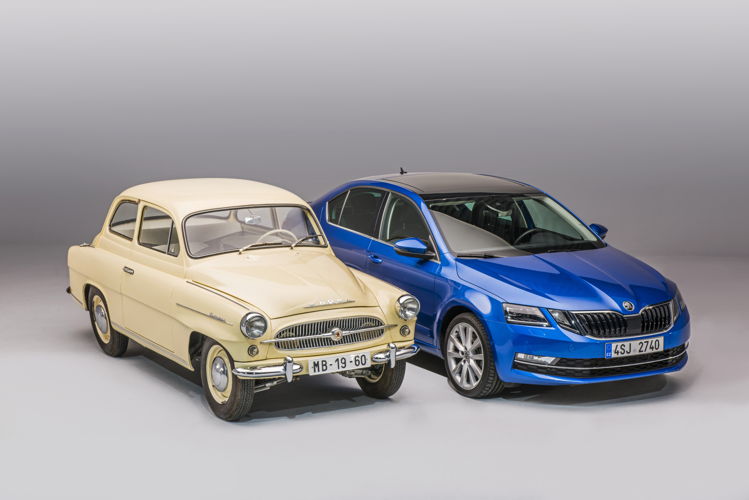 To date, nearly 6.5 million customers have opted for a ŠKODA OCTAVIA. Side-by-side in the picture, a first-generation OCTAVIA from 1959 and the current model.
To date, nearly 6.5 million customers have opted for a ŠKODA OCTAVIA. Side-by-side in the picture, a first-generation OCTAVIA from 1959 and the current model.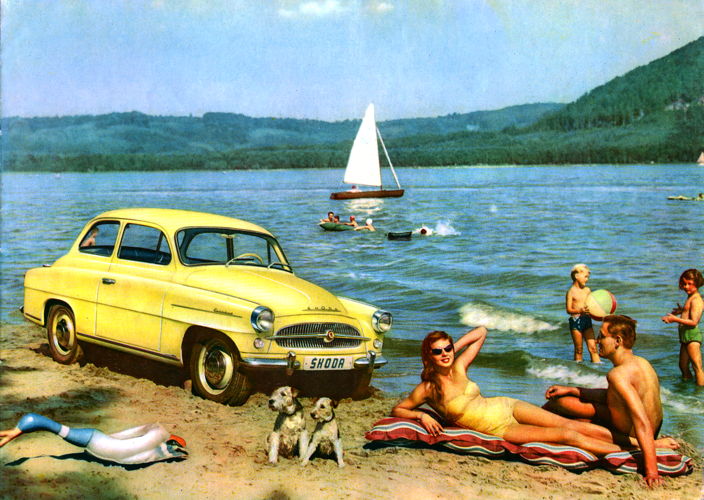 The ŠKODA OCTAVIA is celebrating 60 years since production was launched: In January 1959, the first copies of this legendary model series rolled off the production line at the Mladá Boleslav plant. The first OCTAVIA generation of the modern era continued the legacy of the popular compact model in the mid-1990s.
The ŠKODA OCTAVIA is celebrating 60 years since production was launched: In January 1959, the first copies of this legendary model series rolled off the production line at the Mladá Boleslav plant. The first OCTAVIA generation of the modern era continued the legacy of the popular compact model in the mid-1990s.
